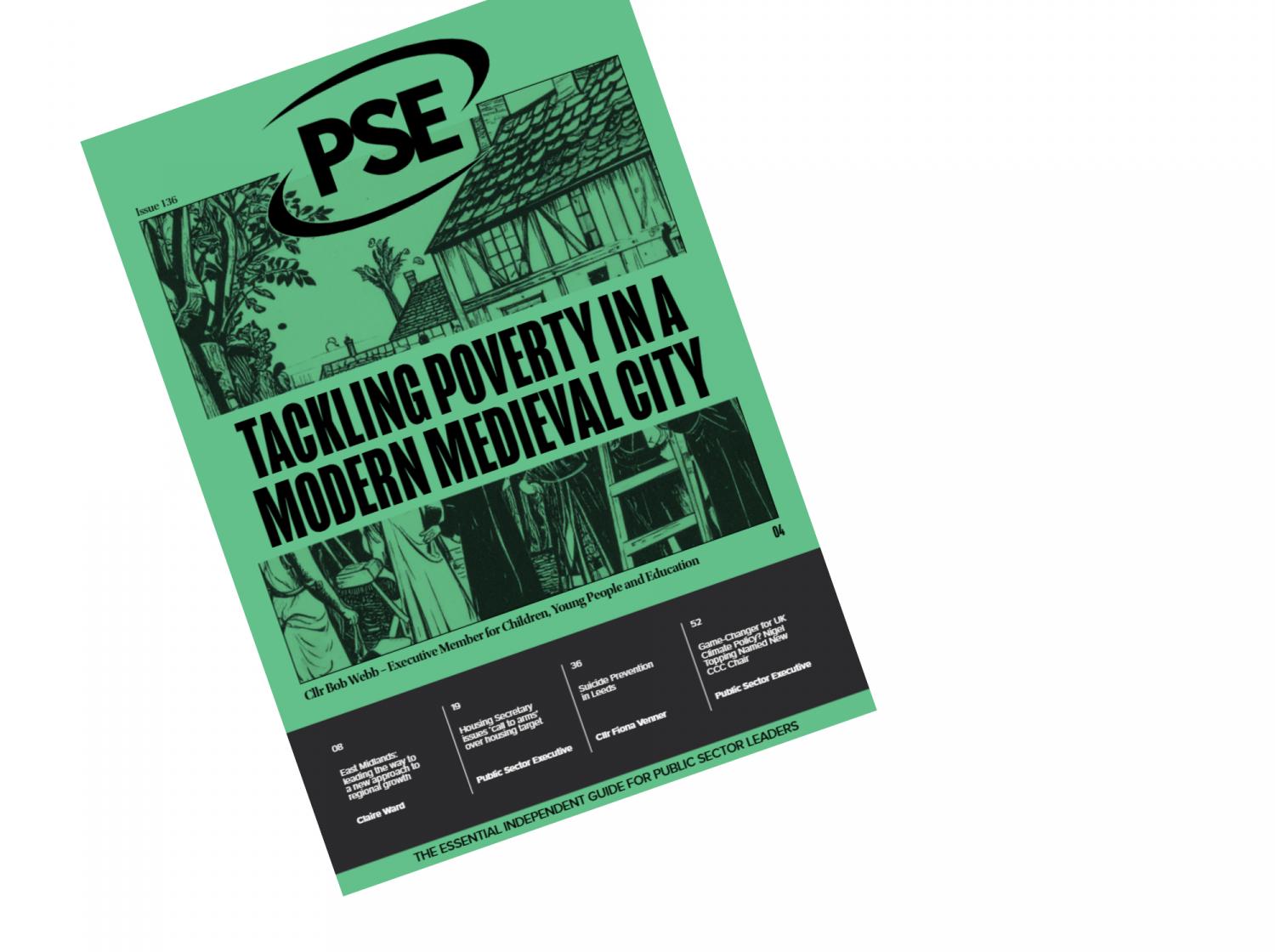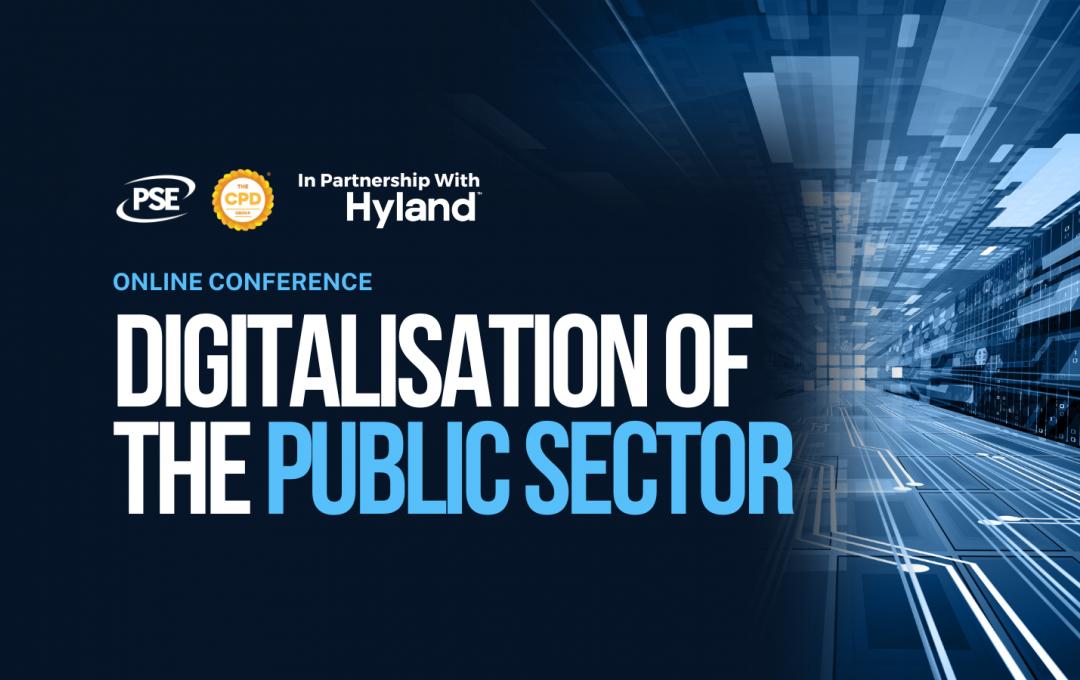At the beginning of August 2022, Crown Commercial Service announced a new deal, with a focus on the delivery of digital public services. This deal introduced a Memorandum of Understanding (MoU) with Salesforce that would see discounts and preferential commercial terms offered to public sector organisations, enabling them to streamline services and maximise cost effectiveness.
Public Sector Executive spoke to Simon Collinson, Head of UK Public Sector at Salesforce and Sumit Mistry, Director of Strategy UK Public Sector, about how SAAS platform solutions that can be deployed quickly and very cost effectively can help public sector customers transform service delivery in a challenging economic environment.
How Salesforce have been helping public sector organisations
The delivery of the Digital, Data and Technology Strategy is something that should be towards the front and centre of public sector priorities. When the strategy was published by Tom Read, Chief Executive Officer of the Government Digital Service, it made a point of asking how organisations in the sector can give ‘world class’ technology outcomes to every citizen.

Collinson explains: “Where Salesforce can help organisations achieve this is through a radical transformation of not just the front office, but the middle and back offices. The focus in the last decade has been on user needs and making sure that the citizen has access to a consistent accessible front end, but you’ve got lots of people pedalling hard in the back end because it’s perceived to be a difficult thing to crack”.
“We provide options so that the front end could be Salesforce, using our community's products, and we’re very happy for people to download our free gov.uk GDS components whilst connecting seamlessly to the middle office workflow that drives efficiencies and reduces costs within government.”
Another major target for public sector organisations to consider, especially when it comes to procurement, is the idea of social value. Social value runs through just about everything that local government needs to do, with a need to make sure that they are doing their best to make life better for their residents. This also affects the companies that are providing services for the organisations, with Salesforce being no different. Collinson spoke about the work that Salesforce are doing to improve communities and contribute to the social value cause. He said: “Salesforce’s involvement with the UK is not your traditional technology company – they’re a committed partner with the UK. In 2018, Salesforce announced that it will be making a £1.9 billion investment in the UK and that takes the form of investment in start-ups through Salesforce Ventures, investments in technologies and creating a sustainable ecosystem in the UK.
That’s great for UK PLC, but through our .org organisation and our 111 model, where we give back 1% of profits, time and software to organisations in the UK, we’ve been able to promote thousands of charities and support them.”
The support of organisations doesn’t only apply to charities, however. Not for profit organisations that are involved in local communities are supported by Salesforce, which not only makes a difference for residents, but also helps local councils to meet targets and contribute to the levelling up of the nation. Collinson was also quick to emphasise that the social value contributions being made by Salesforce aren’t focussed only on the South of England, but they are driving improvement in the regions across the United Kingdom, often where it is needed the most.
Enabling cost savings
As the public sector wrestles with budgets which make no allowance for recent inflation, there’s a renewed necessity on finding savings. Yet those same budget constraints limit the availability of investment to unlock those savings: even a payback in Year 2 still means a net cost in Year 1. Initial costs to be offset by savings realised in the same year, but how can this be delivered?

Collinson explains: “Salesforce enables Departments to accelerate their delivery, by providing a platform where seventy to eighty percent of what they need is already built. Organisations can focus their effort on the ten to twenty per cent that is unique to their requirement and avoid having to re-produce what - these days - are commodity capabilities’’.
What does the MoU mean for organisations in the public sector?
The MoU can provide great opportunities for organisations in the public sector. Mistry explains “firstly, it’s offering a greater choice for technologies, which the government sees as part of its strategic partnerships for delivering the huge challenge that the government has got to do more with less in order to drive automation and citizen engagement.
“This MoU is an opportunity to consolidate the position that Salesforce has driven over the last five years to now being involved with for a number of government department strategies to deliver that engagement.”
This idea of driving greater public engagement, and using Salesforce as part of the strategy to deliver it boils down to one main thing: offering a standardised buying mechanism. Mistry elaborated on this further, saying: “The majority of that is trying to increase choice for government departments, with choice of platforms, choice of technologies, and options to consider. Especially as they’re faced with this crunch of austerity, a standardised settlement and funding window that they’ve got as well as a huge increase in the demands and challenges facing the British government.
“The next thing is reduced cost. We’ve done this negotiation with CCS and we’ve jointly agreed to have some substantial discounts across Salesforce solutions including MuleSoft, Tableau and Slack. The discounts are right across our family, not just products, but services and running projects as well. That’s made it easy for organisations to access Salesforce and it has been done by treating the government as a single customer.
“The third element is around greater control. We’ve architected our technology so that departments have greater control when they’re implementing, maintaining and supporting it. Organisations have a choice when it comes to implementation, that can be done in-house, using SMEs or it can be done with a global partner and it is entirely up to the organisation how they want to do it.”
An invitation to experiment, to put these claims to the test
As part of the MoU, departments now can put Salesforce to the test, at Salesforce’s expense and the expense of its ecosystem of implementation partners. ‘Experimentation projects’ enable departments to try Salesforce, to learn more about its capabilities, and to experience the rapid way in which it can be configured.
With many products, across all sectors, you might not always be sure of the quality that you’re going to get when you purchase the service, or you might not necessarily know how much the product is going to cost until it is too late. These experimentation projects are a perfect opportunity to test Salesforce and see that it does offer what you need and want and at the price expected.

Myth busting
One of the most important things to consider when looking at the value for money is the fact that Salesforce is working to ensure a ‘days and weeks’ delivery period. The three main aspects of why this MOU is important to public sector organisations – speed, reduced cost and control – all make sure that the value is there. Collinson added: “Another important thing is maintenance. A lot of people think that there is an extra maintenance charge for the services, and there isn’t. With Salesforce, maintenance is included as part of the subscription fees and we do three releases a year free of charge, bringing lots of innovation.”
The final misconception relates to the idea of brownfield and greenfield sites. With the differing kinds of services that customers need, who may already have a solid site established or might need more work done, it is important to note that this doesn’t make a difference. Collinson comments: “One of the things we hear is that Salesforce is fine if you've got a greenfield site, not if you’ve got a brownfield site, that isn’t the case. When it comes to organisations with complex architectures, Salesforce integrates with your existing architecture very well. Salesforce’s success in integrating with many of the world’s biggest banks demonstrates our ability to co-exist in available, self-built and unique architectural environments.”
Considering the sheer number of departments that are operating under the government, as well as the countless other public sector organisations, not only is it vital that the standard of the digital service is as good as it can be, but it also needs to work around budgetary requirements, social value targets, and helping with other goals such as employment, opportunity and environmental sustainability. Not only are Salesforce contributing to the social value goals that are part and parcel of working with organisations in the public sector but they are also reducing the cost of change for the government. Surely, with the amount of change that is constantly happening in all parts of the UK government, especially when it comes to digital strategy, this can only be seen as a positive.
Interested in learning more?



















